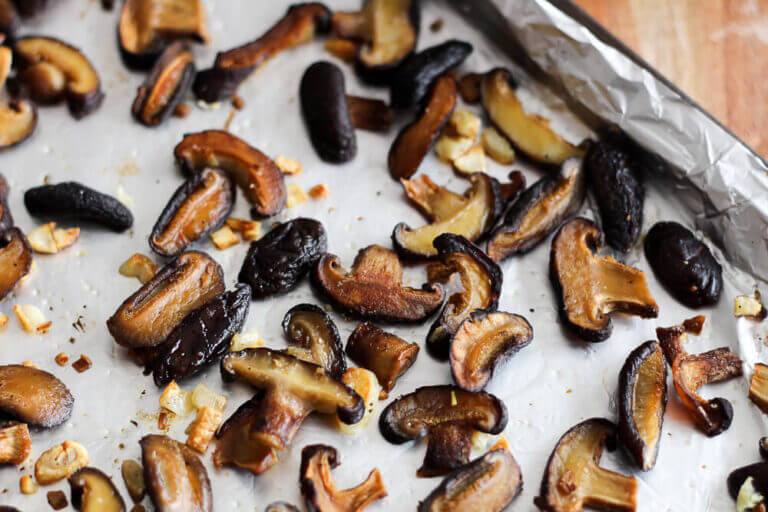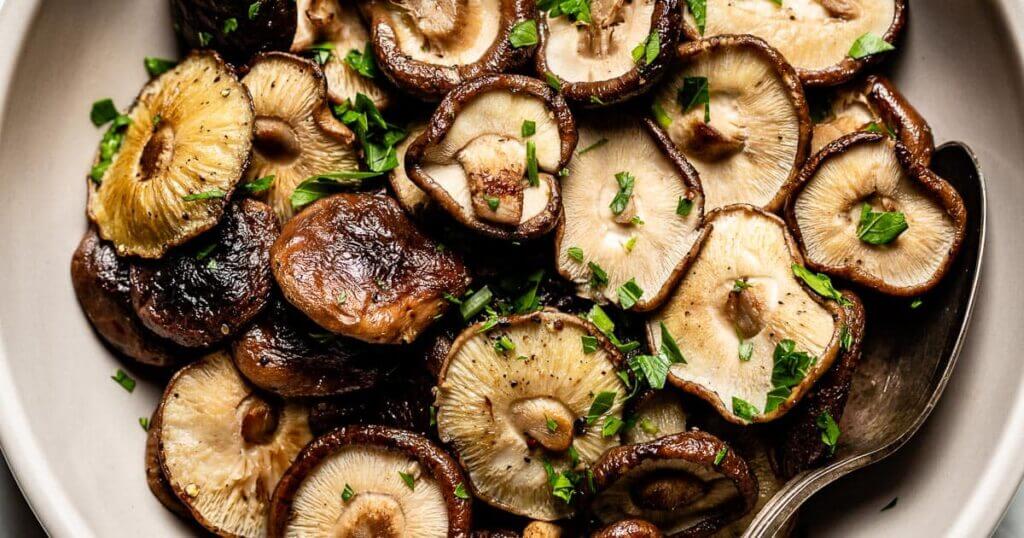
The shiitake mushroom is native to Asia and is one of the most cultivated mushrooms globally; grown on decayed wood. Approximately 83% of shiitake mushroom production is through Japan. One will often find them in Asian dishes, but shiitake mushrooms have recently became a spotlight as a protein source in the vegan and vegetarian lifestyle.
Shiitake mushrooms are identified by their white stem, tan to dark brown color, white-cream colored gills under the mushroom cap, with umbrella-like caps that grow approximately 2 to 4 inches in diameter. They are available as fresh, dried, or as dietary supplements.
Their flavors are rich in umami with a subtle hint of earthiness and smokiness.
Health and Wellness Benefits
Shiitake mushrooms contain three antioxidants – eritadenine, sterols, and beta-glucans.
- Eritadenine – prevents a protein in the human body that promotes the production of cholesterol by the liver
- Sterols – reduce cholesterol absorption in the gut during digestion
- Beta-glucans – a non-soluble fiber that can lower cholesterol by binding onto them during digestion in the gut
A long-chain sugar found in shiitake mushrooms called, lentinan, which has been researched in China and Japan, has been found to improve immune health and quality of life in persons with cancer when used alongside chemotherapy; however, lentinan does not necessarily prevent the risk of cancer.
All mushrooms, regardless of type and species, are the only natural plant source of Vitamin D. The human body requires adequate Vitamin D levels to absorb calcium and phosphorous to maintain bone and teeth health. Studies show low Vitamin D levels increases the risk for depression; in addition, white blood cell development, essential for immune health, depends on Vitamin D as an ingredient for specific genes of white blood cell development.
Possible Adverse Reactions
It is important to understand that shiitake mushrooms are required to be cooked and it is not recommended to be eaten raw.
Though a rare condition, the National Institutes of Health reports consuming or handling raw shiitake mushrooms may result in shiitake dermatitis which is believed to affect approximately 2% of the global population. This is characterized by a painful itchy rash that visually appears like whiplash. It can develop anywhere on the body with most common occurences on the limbs, abdomen, and upper back. It is believed to be caused by an allergic reaction to lentinan. To reduce the risk for shiitake dermatitis, cooking shiitake mushrooms versus raw consumption is recommended.
The United States Food and Drug Administration does not require the warning label to communicate shiitake dermatitis on shiitake mushroom products due to its rare occurence.

Preparing Shiitake Mushrooms
All mushrooms tend to hold moisture. It is natural for consumers to want to wash mushrooms under running water to rid of the dirt; however, this method prevents the mushrooms from browning nicely. Instead, use a lightly damp paper towel to remove the dirt off the mushrooms. If you are using the dry-method of cooking mushrooms however, cleaning mushrooms under running water is absolutely okay as the dry-method pulls out extra water to develop beautiful, golden brown mushrooms packed with flavor.
It is a common misconception that mushroom stems are not edible. Yes, they are tougher and fibrous; however, require longer cooking time. The recommendation is to separate the stems from the caps, remove the woody parts of the stems like you do with asparagus, and cook them first until slightly softened. Thereafter, throw in the mushrooms caps and cook together according to the recipe you are following, if any.
The mushrooms can be cooked whole, diced, or sliced.
Highly Recommend Dry-Cooking Method. It Will Elevate Your Mushrooms

Super hot pan. No cooking oil or fat. Beautiful golden brown mushrooms packed with flavor.
- Heat a large pan over medium-high heat. A large pan is necessary so the mushrooms do not crowd and steam. Steaming prevents the mushrooms from browning.
- Once the pan is hot, add the mushrooms and space them out as best as you can to prevent steaming.
- Let the heat work its magic. It will slowly release the water content from the mushrooms and evaporate. Any water in the pan will cook off as the mushrooms start to brown. Stir occasionally to prevent burning. Cooking time is dependent on range type; on average 10 minutes.
- When the mushrooms are golden brown or done to your liking, feel free to add in olive oil, butter, and other seasonings to finish it off before serving!





